ISACS4: Challenges in Renewable Energy, Boston, 2011
Following the great success of the first three ISACS meetings held July 2010, ISACS 4-6 have now been confirmed, including one specifically covering renewable energy.
Almost 500 delegates attended the first three ISACS meetings (International Symposia on Advancing the Chemical Sciences), held in San Francisco, Budapest, and Hong Kong, this July. The events, held in support of the launch of the new RSC journal Chemical Science, received critical acclaim from the delegates: survey results from over 100 attendees, suggest an incredible 97% would seek to attend future ISACS meetings!
Why not find out why these events were so well received, by attending ISACS4 in Boston next year?

ISACS1 – held in San Francisco, July 2010
- ISACS 4 – Challenges in Renewable Energy
5–8 July, 2011, Boston, USA
Scientific Organising Committee:
– Daniel Nocera (Chair), MIT, Boston, USA
– Christopher Cummins, MIT, Boston, USA
– Jeffrey Long, UC Berkeley, San Francisco, USA
– James Durrant, Imperial College, London, UK
Further information, along with speaker details, will be available in due course, but we suggest you hold these dates in your diary straight away.
This energy meeting forms part of a suite of three ISACS events in 2011, which also include:
- ISACS5 – Challenges in Chemical Biology
26-29 July 2011, Manchester, UK
- ISACS6 – Challenges in Organic Materials & Supramolecular Chemistry
2-5 September 2011, Beijing, China
Read more about the success of the 2010 ISACS events.
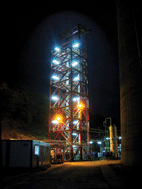











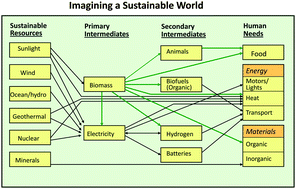
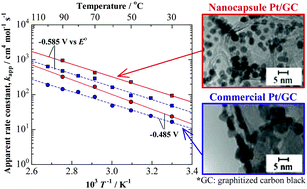
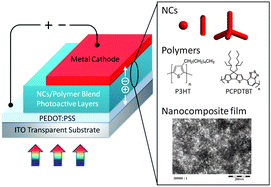
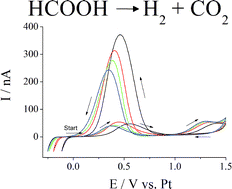
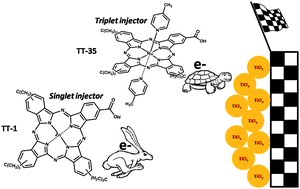
 Managing Editor, Philip Earis, will be at the ACS Fall 2010 National Meeting and Exposition in Boston.
Managing Editor, Philip Earis, will be at the ACS Fall 2010 National Meeting and Exposition in Boston. 